LATERAL LATTICE RECONFIGURATION USING LEG EXTENDING CAPABILITIES
This type of modular self-reconfigurable system is capable of lattice based transformations to change its shape by using the leg extending and retracting feature. Figure 6a shows several modules initially in a state where there is an empty space above module E and between modules B and C. The following example shows how the modules in this matrix can translate a module to fill in this empty space by moving another module to that location. 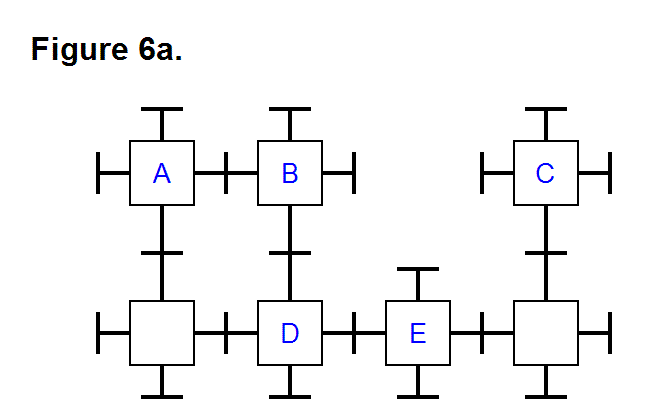
Figure 6b shows the first transition state of the matrix given in Figure 6a. It involves disconnecting and shortening the legs between modules B and D, and beginning the process of extending the legs between modules B and C to join them together.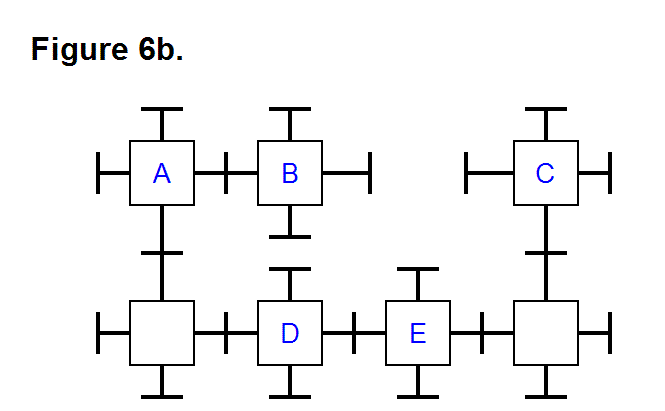
Figure 6c shows module B translating horizontally by extending the leg connections between modules A and B until the extending legs between modules B and C join together.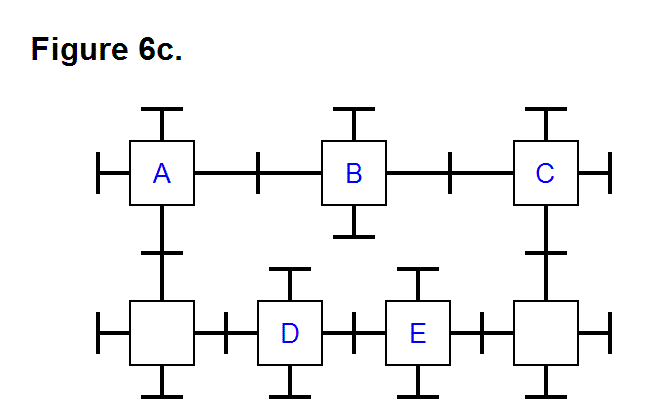
Figure 6d shows modules A and B disconnecting from each other and retracting, and the use of module C to align module B above module E by shortening the legs connecting modules B and C together.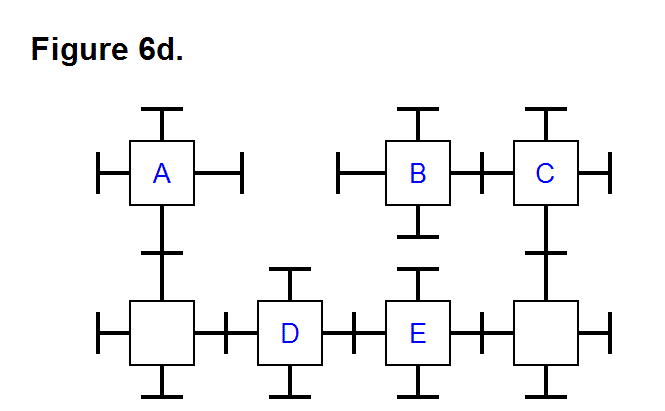
Figure 6e shows the legs for modules B and E extending and joining together and the legs that disconnected between modules A and B completely retracted; this completes the transition.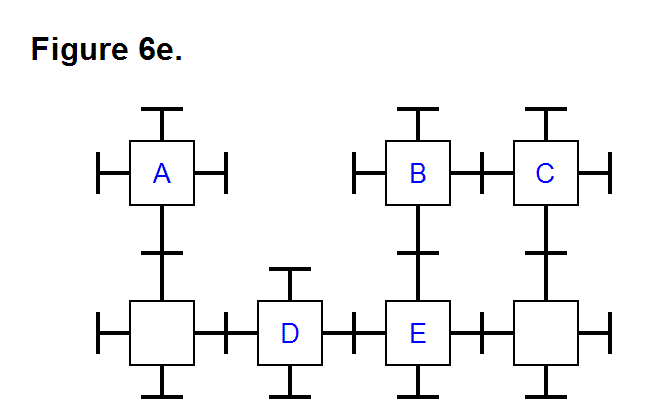
This matrix could also have accomplished the same goal, also with lattice transitions, by first extending the legs between modules B and C to connect to each other, then disconnecting and shortening the legs that join modules B and D together, then shortening the legs that join B and C together, then finally extending the legs between modules B and E to connect these modules to each other. This version describes how it is possible to accomplish this task without the first column of modules in the matrix.
